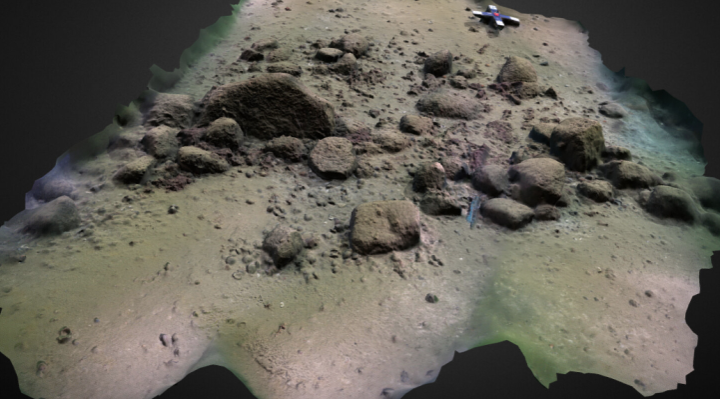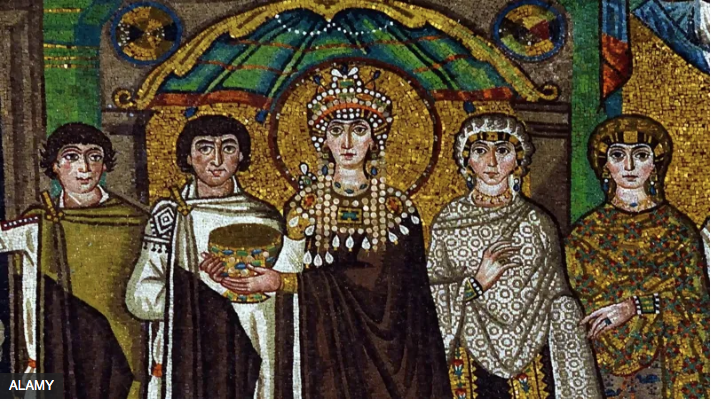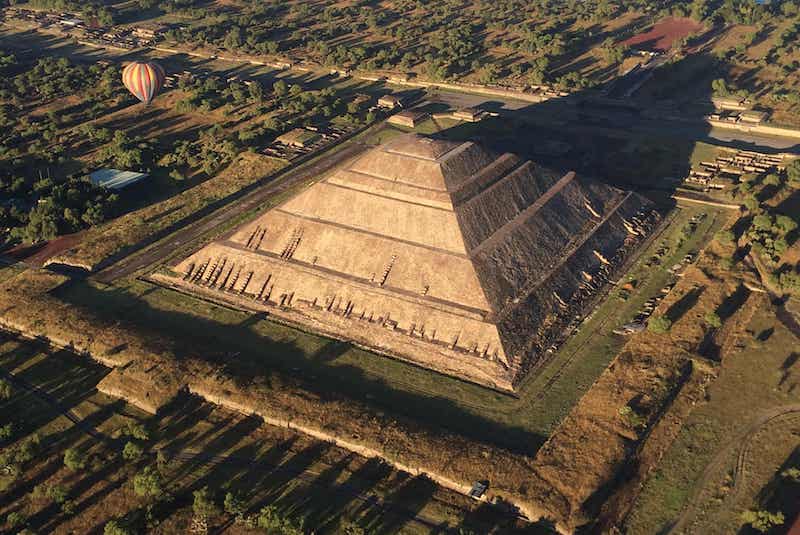Around 14,000 years ago, Tanegashima’s hunter-gatherers made clay bowls and plates long before they started farming. Fumie Iizuka: ‘Neolithic needs to be redefined’

Pottery sherds recovered from Sankakuyama I, Tanegashima Island. C: Fumie Iizuka
Around 14,000 years ago, prehistoric hunter-gatherers in southern Japan were making pottery. There is no sign that the late Pleistocene inhabitants of Tanegashima Island began to settle and grow food. They were foragers, hunter-gatherers and fishermen, not farmers.
It was once assumed that pottery did not precede farming. For one thing, clay pots were fragile and heavy. If one is a nomadic hunter-gatherer, one doesn’t want to carry heavy loads and delicate items, so it was not thought that hunter-gatherers on the move developed pottery.

Beginner Jomon culture bowls. C: ismoon
But they did. It has now been amply demonstrated that pottery preceded agriculture in East Asia, and now a geochemical analysis published in March in PLOS One shows once again that the pottery farmer claim is not true, with clay bowls and vessels from Tanegashima Island unusually dated to around 14,000 years ago – well before the end of the Ice Age or the advent of agriculture or animal husbandry.
Discovered and excavated by the Kagoshima Prefectural Archaeological Center and currently being analyzed by lead author Fumie Iizuka of the University of California, Jeffrey Ferguson of the University of Missouri and Masami Izuho of Tokyo Metropolitan University, the vessels are apparently among the oldest known pottery in the world.
They are associated with the ‘New Beginning’ Jomon culture, which dates from 14,000 to 13,500 years ago to 12,800 years ago(The last phase of the Jomon culture was 300 BC).
Pottery dating with confidence to the end of the Pleistocene is found only in the Amur River basin in northeast Asia, the Russian Far East and the Japanese archipelago.
“These are all hunter-gatherer pots,” Iizuka said. They were not made by early farmers. There is no evidence of domesticated plants or animals at Tanegashima or in the southern Kyushu region as a whole.”
The team suggests that the ‘New Beginning’ Jomon culture of southern Kyushu was pre-agricultural, even though the arrival of agriculture was a long-term process. Pottery was therefore made before agriculture.
 Pottery from the Resumed Jomon culture (ca. 14,000/13,500-12,800 years ago). C: Fumie Iizuka
Pottery from the Resumed Jomon culture (ca. 14,000/13,500-12,800 years ago). C: Fumie Iizuka
According to Iizuka, the dating of pottery found in southern China to 20,000 or 18,000 years ago, or items that appear to date back 16,700 years in the Transbaikal region of Siberia, has yet to be fully proven.
The team can thank Sakurajima, a highly active volcano in southern Kyushu, for the highly reliable geochronology of the Tanegashima pottery. It erupts a lot and different studies have dated the emissions of this volcanic mountain.
Thus, based on the volcanic deposits on the pottery, dated to 12,800 years ago, the team concludes that the pottery at the Sankakuyama I open-air site in Tanegashima is between 14,000 and 13,000 years old.
Eleven ‘New Beginning’ Jomon sites have been identified on that island. One of them is Sankakuyama, which was inhabited from ‘New Beginning’ Jomon until about 1,700 years before present.
At least 4,000 fragments of Incipient Jomon have been found at Sankakuyama. The items were bowls – some shallow, some deep – and mostly decorated with appliqué bands, and some had shell or tool stamps and fingerprints. And a few plates.

Pottery found in China dates back 20,000 to 10,000 years. C: Zhangzugang
Iizuka suggests sedentary life, which applies to all the Beginning Jomon sites at Tanegashima, suggesting that people had heavy grinding stones and lived in pit houses. On land but close to the sea, he adds, there would have been plenty of seafood. Unfortunately, because the soil was acidic, the bones from their meals have not survived through the ages. But analysis of encrustations on pottery shows that they ate animals, plants and seafood.
Because of the grinding stones around the settlement, the large number of points and the forested environment, archaeologists think that the inhabitants probably ate a lot of nuts (which they ground) and shot and ate a lot of animals.
So they shot the rabbit (probably) and ate the fish and collected and ground nuts, but why would hunter-gatherers, even sedentary ones, need pots?
In the Libyan Sahara, between 10,000 and 8,000 years ago, hunter-gatherers adopted pots during a humid period, and there too archaeologists have discovered evidence of long-distance travel with pots.
Sankakuyama’s hunter-gatherers were unlikely to have used their dinnerware to carry water over long distances, but deeper bowls could have served to carry water from nearby settlements.The vessels may have been used to hold and/or store food and/or water for hard times.
In Israel and the Levant, archaeologists speak of the PPNA and PPNB periods: Pre-pottery Neolithic, when farming emerged, but pottery was not yet available. Asked whether Tanegashima had a pre-Neolithic pottery period, Iizuka replies: “The concept of Neolithic needs to be re-evaluated. In the case of southern Kyushu, especially on islands like Tanegashima, we argue that there are several signatures of the Neolithic that existed during the Incipient Jomon period: pottery, grinding stones, stone axes, increased sedentism and more.”
They did not grow crops, a feature of the Neolithic Revolution. They did not domesticate the pig, the rabbit or any other animal. The cow only arrived about 1,900 years ago in the Yayoi period, but if it had arrived 10,000 years ago, they would have had plates to serve it on.
Haaretz. April 28, 2022.




